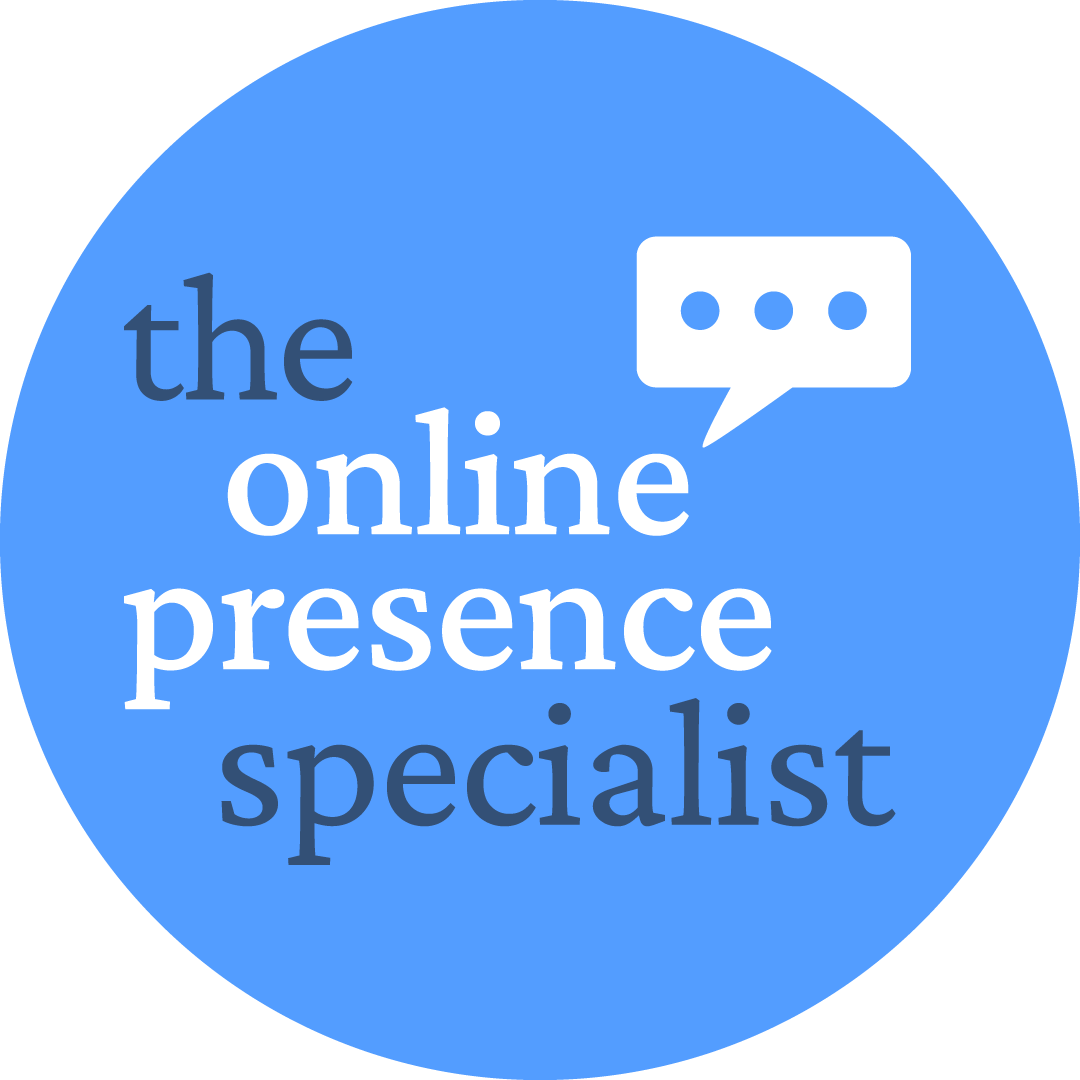Improving your website can be a straightforward process. These are some of the easiest ways to make a big difference to your site in 15 minutes. Easy peasy, lemon squeezy.
6. Get mobile friendly
Most website building tools accommodate mobile friendly features – but it’s not an automatic process.
Whether you have a Wix, WordPress, Godaddy or other web platform, there will be a “mobile view” for your website that presents generic mobile view “pre-sets”.
It’s easy to improve your website and it’s mobile view. Make sure your ducks are in a row with aligned content, an easy call to action and most importantly, easy to read copy.
More and more people are using their phones to search for products and services – a shoddy website on mobile view can be the difference between getting their custom or falling into the abyss. Improve your website by prioritising mobile view.

5. Add your location
Loads of companies miss this trick. In the words of Kirsty Allsopp “location is everything” and you’ll do well to clearly advertise yours clearly on your website.
Don’t assume that your browsers are aware of this information. Shout it from the rooftops so they don’t have to hunt for it.
Even if your business is remote, national or international – a location gives your customers a sense of security. It’s a mental anchor, and for locals it builds credibility.
We’re all a little tribal in our purchasing behaviour. It’s amazing how many people will choose a company purely based on home close it is to their home. This trusted, safe space can be a deal-breaker.
4. Where’s ya face, mate?
Now is not the time to be coy. Your customers feel better when they can put a face to a name. It makes that first contact (telephone or email) so much easier.
Make sure both are clearly displayed on your website (and your social media for that matter).
Promote clean, tidy headshots and if you’re confident in your personal brand, you can have a bit more fun with it.
By keeping your face hidden, you may well struggle to stand out from the business up the road. If they’re being open about “who they are” they will be ahead of you in this horse race. It’s a simple as that.
Give window shoppers the transparency they need to get to know you. It works wonders for your website.

3. Check for broken links
Broken links happen. It’s a fact of life. Check your website every once in a while to make sure all of the buttons and CTAs are working.
Contact details are especially important. Customers need to be able to contact you with ease. Broken links will put them off. It takes no time at all to check and remedy.
2. Copy is everything
Copywriting is a specialist subject – I know because I do it every day. What you say and how you say it can make or break sales and damage your search engine rankings.
People underestimate the benefits of good copy, and often think they can bundle together a few paragraphs in Word, copy and paste it over. Job done – right?? Wrong.
How and what you write will affect SEO and your customer’s first impression. As business owners, we can be too close to the subject to see the wood for the trees.
Remember to keep paragraphs light, breaking up large lumps of text with spaces, images and buttons.
Keep to the point and be concise as possible. Most people will skim read your copy – but search engine bots will look with depth – their findings will rank your site in search results. Spooky!
1. Dark designs suffer
I always know when I’m on a DIY website because it will be mostly black.
There is a reason most businesses have lighter, brighter websites – they perform better. Google bots in particular love to rank websites based on customer usability.
Dark websites are hard to read and don’t marry up well with disability software. If you want to improve your website and keep your digital assets inclusive, it’s time to join the light side.
About the Author
Catherine Jarvis Clothier is a digital marketer and online presence specialist living and working in Kent, UK. She has worked in unusual UK businesses for over 10 years across the South of England, particularly in automotive and therapy-based enterprises. Catherine specialises in social media, SEO and web design. She can be contacted here for online business consultations.

